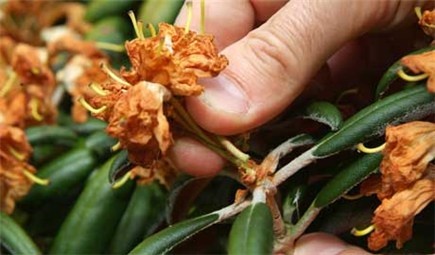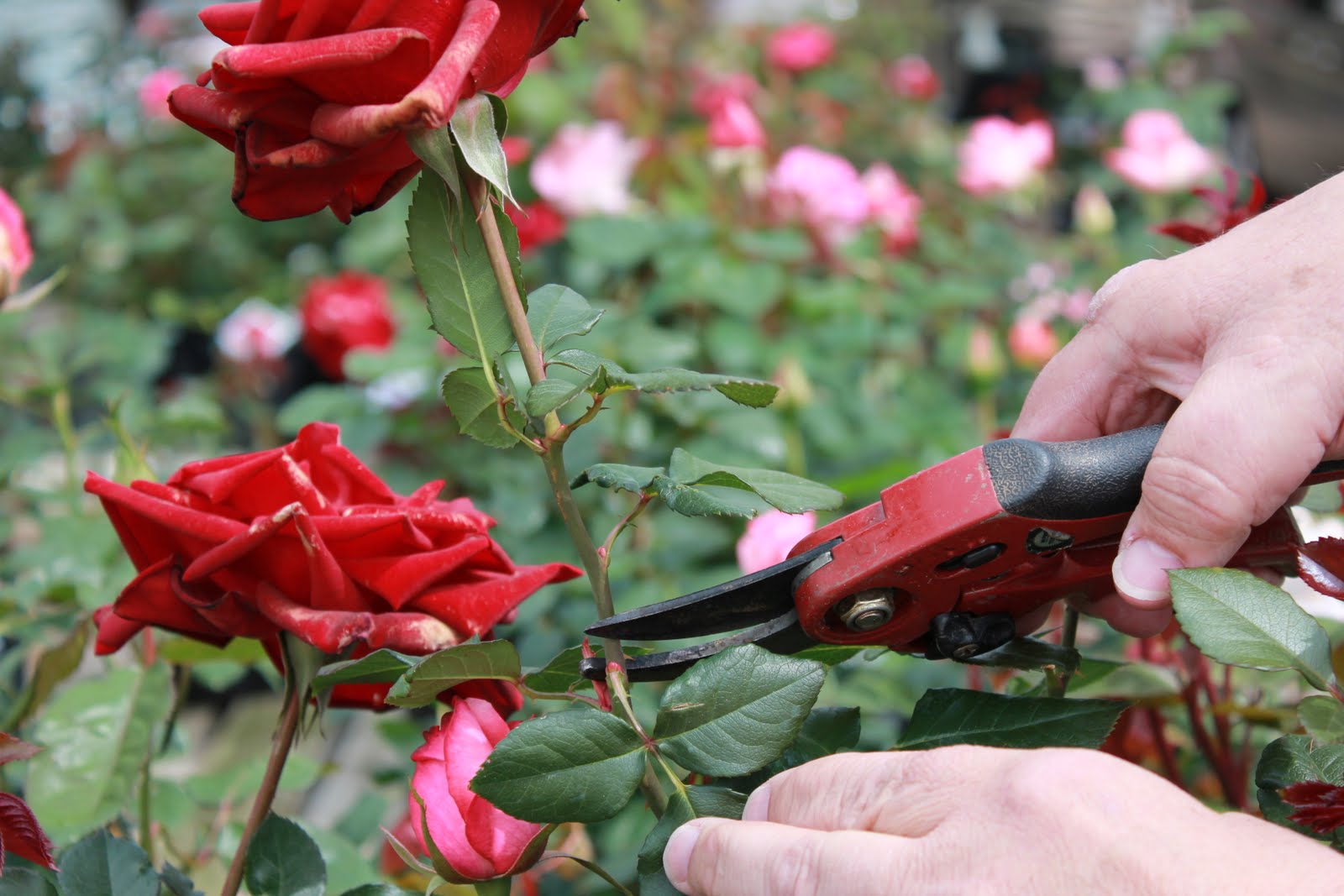Deadheading Guide

Deadheading is a common gardening term used for simply removing the dead flower heads from your plants. This essential pruning process is one that should be done throughout Summer and may require regular maintenance. If you keep on top of your pruning your garden will remain looking neat and tidy allowing you to enjoy it during these months when your garden is in full bloom.
Reasons Why to Deadhead
The main reason why we deadhead is to encourage further bloom in our plants. Flowering is essential for any plants as that is how flowers create their seeds. The main purpose of a flower is to attract pollinators that will encourage the plant to form new seeds.
When a flower is pollinated it starts to fade away, this then forces the plant to stop producing flowers and focus all of its energy into creating new seeds. By ensuring that you deadhead your flowers before they begin to wilt the plant will stop producing seeds. This then allows the plant to concentrate its energy into producing flowers.
Another reason to deadhead is to help keep your plants healthy. When a plant produces a new seed it requires lots of nutrients or water therefore if you were to deadhead during extremely hot spells this would help the plant retain most of its nutrients and use it for flowering instead.
Deadheading should also form part of your garden maintenance routine. Flowers that are wilting can look unsightly in your garden and often can detract from your other healthy flowers. Deadheading regularly can help keep your flower beds and borders looking fresh and healthy. You will also be rewarded by the wonderful beauty and colour that these flowers will bring to your garden.

When to Deadhead
You are likely to have flowering plants throughout the majority of the year except during the Winter months when your garden becomes dormant. Whatever time of year you can go around your garden and deadhead your plants that are wilting and looking unattractive. As mentioned regular maintenance is key here as the longer you leave wilting plants the more energy they use on dying blooms as opposed to fresh new flowers. Make sure that you check all flower beds and borders, pots and containers, window boxes and any other areas where you are growing flowers.
Early Spring is the perfect opportunity for you to pinch off several buds in each cluster to encourage a larger bloom. During the Summer months you should deadhead all your annual plants, try and get into a routine of checking plants each week so that you can encourage flowering for as long as possible. Throughout the autumn months you should keep on top of deadheading and ensure you deadhead any plants before the harsh Winter weather and frosts begin.
When Deadheading is Not Required
Some plants may naturally drop their flowers in due time therefore there is no need to deadhead. Some people enjoy the dried flowers on plants as it can add contrast to your current garden design.
Additionally if you choose not to deadhead your plant will have naturally produced seeds. These seeds can easily be accessed by crumbling the dried flower in your hand. You can then save these seeds and use them for next season. Wait until around Spring to plant these seeds in containers. This allows you to fully utilise your plants as well as saving some extra pennies.
How to Deadhead Correctly
As soon as you see a plant begin to fade this is your opportunity to ensure that you deadhead. To deadhead the plant simply pinch off the flower head with your thumb and forefinger. You should pinch off the stem just above the next flowering bud. Make sure when you deadhead you pinch off the witling flower as clean as possible, this will reduce your chances of the plant becoming diseased.
Investing in a pair of secateurs may benefit you as you are able to use these to easily cut back delicate flowers or flowers with tough stems. You should bear in mind that simply pinching off the petals of the flower is no good as the new seeds that the plant is developing will still be left behind.
Roses are extremely intelligent as they are what is referred to as self-cleaning. This means that when the roses turn brown the head will eventually fall off on its own. Although not the case with all roses therefore regular maintenance is essential. Rose stems can sometime be exceptionally tough so your secateurs will come in handy here allowing you to easily cut the flower head from the stem.
With some perennials the deadheading process may be slightly different; you should look to cut back the flowering stem to the plants base but only after all of the flowers on a single stalk have finished blooming. Flowering shrubs can also benefit from deadheading as this can help encourage the shrub to produce more flowers therefore creating an attractive, colourful shrub with plush foliage.

We hope this article has provided you with some insight into deadheading. The key is regular maintenance to keep on top of deadheading, the sooner you remove a wilting plant the better. At Gravelmaster we love to receive photographs of our customer gardens. If you would like to send us a photo of your garden please email sales@grvaelmaster.co.uk and we will feature your image on our Facebook and Pinterest site.




